Welcome to this week’s episode, which is number 35. On Monday this week I drove a couple of hours to a town called Chichibu in Saitama prefecture, north-west of Tokyo. My intension was to shoot a park that at this time of year attracts hordes of tourists to enjoy the Shibazakura. Directly translated as lawn cherry blossom, shibazakura is I believe called Creeping Phlox or Ground Pink in English. Now, there’s no real need for me to explain much about this, as I’m not even going to show you the photos from this park today. The reason is I got much more excited about photographing the derelict cement factory that I passed through on the bus that coached us from the car park to the park. Listen on to hear more about my one hour and 20 minute adventure.
As the bus full of tourists pulled out of the car park, heading for the Hitsujiyama or Sheep Mountain Park a couple of miles away, the nature photographer in me, that wanted to shoot the pretty flowers in the Park was pushed aside to make way for the documentary photographer, as we wove our way through a derelict cement factory that was being used as a temporary car park for the hordes of tourists that flock here every year to view the Creeping Phlox flower fields.
Everywhere is covered in white dust. The corrugated steel walls of the buildings and the steel girders that support them are rusted, and missing in large patches. The windows are broken, and the machinery silent. What used to be without doubt a hive of activity as hundreds of workers toiled daily to make a living, is now a ghost town. I turned to my wife sitting in the seat behind me and said that I wanted to shoot this place after we’d visited the park. I was expecting a little resistance since the heat was already becoming a little oppressive although it was still only around 9AM. It’s been getting warmer in recent weeks, but Mayday 2006 was the first hot day, with temperatures reaching 30 Celsius or 86 degrees Fahrenheit. I was pleasantly surprised to hear an immediate affirmation to my statement though. It turned out that my wife had also started to get excited as I was just looking at the building as we past through this creepy looking environment.
I shot a lot of images in the Hitsujiyama Park, but it was not really what I’d expected. Apart from the crowds of tourists here for the same reason as me, it just wasn’t really doing anything for me. I’ll put a link to the few images I did post to my web site, including a couple of shots of some Common Field Speedwell in the dewy grass that I shot on the work up to the park, into the show notes. I was in jeans and a thick T-shirt today, as the weather forecast had said, and got it right about it getting hot today, but I was still not prepared for quite so much heat today. I usually wear very lightweight trousers and a thin t-shirt once it gets to these temperatures, so I was really not comfortable. My own fault of course, but we walked around for a few hours, then bought lunch at some stalls that were there to cash in on the tourism, but my mind was already working through the possibilities awaiting me in the Cement Factory.
After lunch, we took a walk back to the pick up point for the bus to take us back to the car park, and walked back into the grounds of the Cement Factory at around 1:40PM. I was to spend the next hour and twenty minutes in a photographic flurry, not rushing, but wandering around like a child on Christmas morning shooting everything that came into sight. It was difficult to choose the shots that I eventually uploaded to my Web site this morning, but narrowed it down to 17 shots. Some are not great from an artistic perspective, but I was really now documenting the factory and decided to include some of the shots to complete the story.
All but a few of the shots I have de-saturated. The sun was bright, though there was light hazy cloud coverage most of the time, but many of the shots were in the shade, and all of the subjects had a heavy coating of white dust, probably a mixture of cement and the dust kicked up from the gravel on the ground as cars and trucks rode over it.
Let’s take a look at the first shot which is number 967. If you are new to this Podcast and don’t know how to view the images, please listen to last weeks episode, number 34. I’m trying not to explain it every week, but I did so last week. This shot is a simple red door, with corrugated steel eaves above it, and a dirty window above that. I shot this at F5.6 for 160th of a second, with my 24-105mm F4 lens. I chose a relatively wide aperture to throw the window slightly out of focus to give the image some depth. I was at ISO 100. The sign on the door has been painted out, though you can just make out the characters that warn of flammable substances.
I imagine this was simply sprayed over in a hurry as the factory production was being halted around 1993. I stopped to ask the car park attendant on the way out later on if he knew anything about the place, and it seems he used to work here, and retired before the factory stopped production, but told us it was about 12 or 13 years ago. The person that had spray painted over the sign did not have the usually attention to perfection that the Japanese have. He didn’t care that the paint would run. He didn’t have either the time or the inclination to apply two or three coats to stop it doing so.
The next shot, number 970 shows some rusty shutters that have been overrun with ivy. It seems ironic that the shutters that have obviously not been opened for long enough for ivy to take root across their entire surface now have a full cover of lush, fresh spring ivy leaves for decoration. The old and the new contrast is what caught my eye and prompted this image. I opened my aperture to F5.6 again here too, as I was shooting straight on, and didn’t need any real depth of field to capture this in full focus. The shutter speed was 1/250 of a second, and I was still using ISO 100. I was under compensating by 2/3 of a stop to keep this scene from becoming too bright in the harsh sunlight.
There are other shots between this and the last, and the others I’ll mention here. If you’re interested, there’ll be a link to view all 17 shots in the show notes. For now, let’s move on to shot number 972. I’ve called this Peek-a-boo, but I’m not sure who’s spying on who. Inside the building with Safety First written in four Chinese characters above the door that can be seen in one of the other shots, there was this old fork-lift truck. It looked as if it probably has a few years life in it still, though has been locked away behind some large steel shutters to rust.
The single headlight towards the top of the frame seems to be peeking back at me as I squeeze a shot between the shutters and the door frame. I actually could have got closer to the door here and reduced the amount of the image that is obscured but I chose to stay away a little and increase the tension. This was shot at F8 to stop the door frame and shutters from becoming so out of focus that they became just an annoyance. The shutter speed was down to 1/25 of a second, as there was not a lot of light inside the building. I could have increased the ISO to get a deeper depth of field by closing the aperture down a little more, but I didn’t want the frame in focus too much either, or it would have been a distraction.
I wandered through the factory grounds a little more to an area with lots of tall buildings with ducts and steel frames holding up large pieces of machinery. The next image, shot number 976, shows part of this scene. I used a 24mm TS-E, or Tilt-Shift lens to straighten the vertical lines in this shot. I actually had straightened the lines to be perfectly straight, and had to change the perspective in Photoshop making the vertical lines lean inwards slightly towards the top of the image, as I found that perfectly straight lines made it look like the building was toppling towards me.
I called this image “Toilet” as the small white building in the foreground is a toilet. I found it strange that there was just this one small toilet in the grounds. Although I’m sure there are more toilets in other buildings, it seems that this is the only toilet for the large factory in this shot and that extended past me to my right, and then turned at right angles and worked the whole way around the back of me so that I could see the other end as I turned my head to my left. I’d closed the aperture down to F16 to get as much as the scene as possible in focus, and this still gave me a shutter speed of 1/125 of a second at ISO 100.
The next shot, number 978 is one of three that I posted of this building. I de-saturated this to around -50 in the Photoshop as I wanted to keep the feeling that I got while shooting this building. Firstly, this side of the building was in shadow, and I didn’t remember it being very vivid, so I didn’t want the green in the foliage in front of the building to take center stage. Also, I was actually quite strongly moved by this building. Most of the windows were broken, and I couldn’t help feeling sad that what was once a hive of activity as hundreds made their living here, was now this derelict rusty haunted house. It was strange, as I’m sure this was caused by the heat of the day causing the building to expand, but as I was photographing this building, a number of times there was large cracking noises coming from within. I have to admit, that although I was more sad than scared, the hairs on the back of my head stood up a few times.
For this shot I was still using my TS-E lens to correct the perspective, but the slight leaning in of the vertical lines was this time as I shot the building, because I was at the limit of the lenses correcting power, being really quite close to the building shooting at 24mm. The aperture was F11 and shutter speed 1/15 of a second. I was still at ISO 100 but now using a tripod. It’s difficult to use a TS-E lens to correct perspective without using a tripod anyway, so I had to slow down the pace of my shooting, despite me still being pretty excited about finding this jewel of a location totally unexpectedly while out here to shoot some pretty flower fields. It just goes to show that you never know what you’ll run into while out and about. I’d actually not initially planned to bring my TS-E lens today as I didn’t think I’d need it. I put it in my back as a last minute thought, and I’m really pleased that I did. I also shot this building with my 24-105 F4 lens, but the shots just didn’t work.
This and the next shot are probably going to be my favourite images for a while. As I walked over to a building that had no shutters on the door so that I could walk inside, once again the hairs on the back of my head stood up. This time though it was 98% excitement and just 2% being spooked by the scene. Let’s take a look at shot number 981 which was the scene I found at the back of a very dark, dusty building. At first it was actually very difficult to see any detail in the scene other than the bright patches of light streaming in through the holes in the corrugated steel walls. The tires here looked as though they had almost been positioned for the shot, and the texture of the crumbling back wall and the rusting steel had the artist in me almost in tears. I had to stop shooting a couple of times to gather my thoughts as I just felt so lucky to have found such a place and be able to photograph it. I’m not sure if it was OK to actually be in here, but there were cars parked right outside in the temporary car park, so I’m sure this was not a problem.
The 24mm TS-E lens would have been two wide to get this room in with the perspective I wanted. I shot this with the 24-105mm F4 lens at 28mm. This was just right to get the pillars in on the left, but as I was pointing the lens down quite a lot to get the sunlight hitting the floor in the foreground in the frame, the pillars to the left were leaning out considerably in the original. This time I chose to correct the perspective in Photoshop, straightening the pillars up to be almost straight. Once again, I didn’t straighten them perfectly as this starts to look unnatural. The aperture for this shot was F16 to get as much of the room as possible in sharp focus, and this gave me a shutter speed of 1 second at ISO 100, so you can hopefully appreciate how dim it was in here. I was actually compensating by around 1 and 2/3 of a stop below what the 5D was metering the shot as to keep the room dark. I was surprised to see as much detail in the shadows here though. The camera recorded more detail than my eye could discern in these high contrast conditions, although I did get used to it a little during the time I spent in here.
One other thing I should mention here is that those rusty-red coloured scuff marks just in front of the light hitting the floor in the foreground were made by me as I walked through the scene scuffing my feet on the floor to kick up some dust to make the ray of light as the light pours into the scene visible. I kind of regret making the mark, and wished I’d picked up some of the dusty roots or whatever they were from another part of the room and just shook them to raise some dust, but I probably would have walked into the scene to do so anyway, and I didn’t realize that my footprints would show up. I could hardly see the floor outside of the sunlit patches.
So, that’s all the shots I’m going to actually talk about today. As I say, there are more shots from this location on my Web site at martinbaileyphotography.com, and if you are interested, there’s a link in the show notes. I mentioned briefly earlier that I spoke to the car park attendant on the way out of the factory grounds and he told me that he used to work at the factory before retiring. He also told us that the factory had opened in the 12th year of the Taisho era, which equates to 1923 by the Western calendar. This particular factory stopped production 12 or 13 years ago, which makes it around 1993, but the sound of a large fan or vacuum that we could here coming from one part of the factory was the sound of them removing the last remnants of cement. There is a second factory is still in production about 5 kilometers down the road apparently. The Chichibu Cement Company itself did not go out of business. They merged with the Onoda Cement company in 1994, and in turn merged with the Nippon Cement company in 1998 making the present Taiheiyou Cement Company that is still in business today.
The factory itself will be demolished after the last of the cement is removed, which will be a great shame. The cars got in the way of doing a real documentary shoot of the whole site, so I’d like to return here again in the autumn of this year if I can get permission to shoot when the factory is not being used as a temporary car park. I hope they don’t demolish it before that time.
To finish today, I’d like to just mention that the Contrasting colours assignment has now finished and the voting button is now available in the assignment album, and will be there until the end of Sunday, May the 14th. You need to be a member on the mbpgalleries.com Web site to vote, but remember, please use the same user name and email address to register for the mbpgalleries Web site, as I hope to link this site with the main Web site at some point, and it will help me to merge your accounts if you keep them the same. Anyway, thanks to all of you for your excellent entries to the assignment. If you didn’t get a chance to take part, there’ll be a new assignment starting from the time we announce the winner for the current assignment, so it’ll be great if you can get involved.
Also, I’m still hoping for more of you to complete the listener’s survey if you have five minutes. There’s a link to a post with details of the survey in the show notes.
That’s it for this week. I hope you enjoy the virtual tour of the Chichibu Cement Factory. Have a good week. Bye bye.
Show Notes
Music from Music Alley: http://www.musicalley.com/
Subscribe in iTunes for Enhanced Podcasts delivered automatically to your computer.
Download this Podcast in MP3 format (Audio Only).
Download this Podcast in Enhanced Podcast M4A format. This requires Apple iTunes or Quicktime to view/listen.

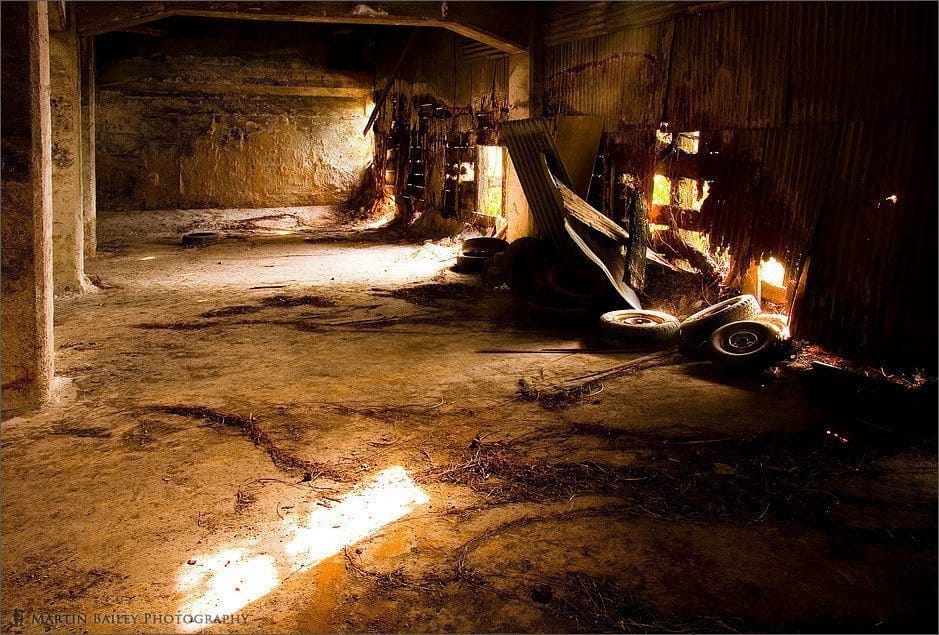

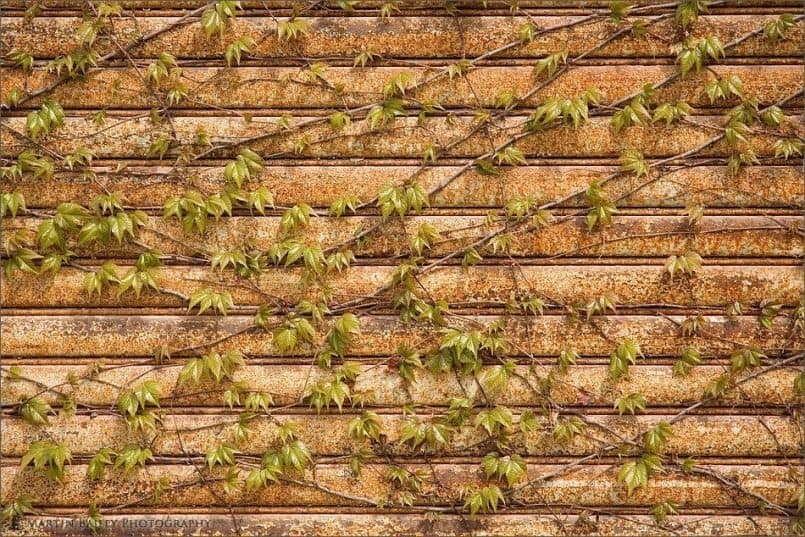
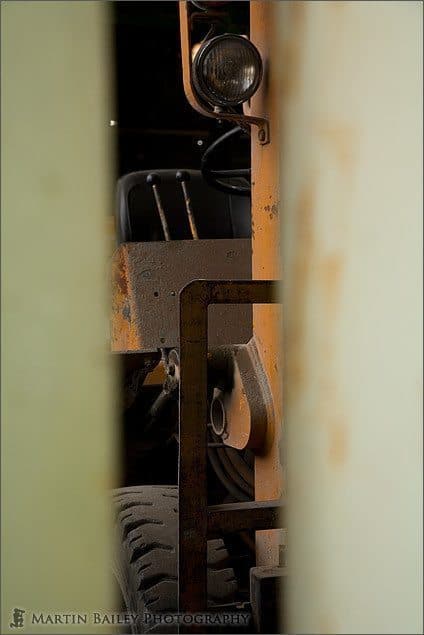
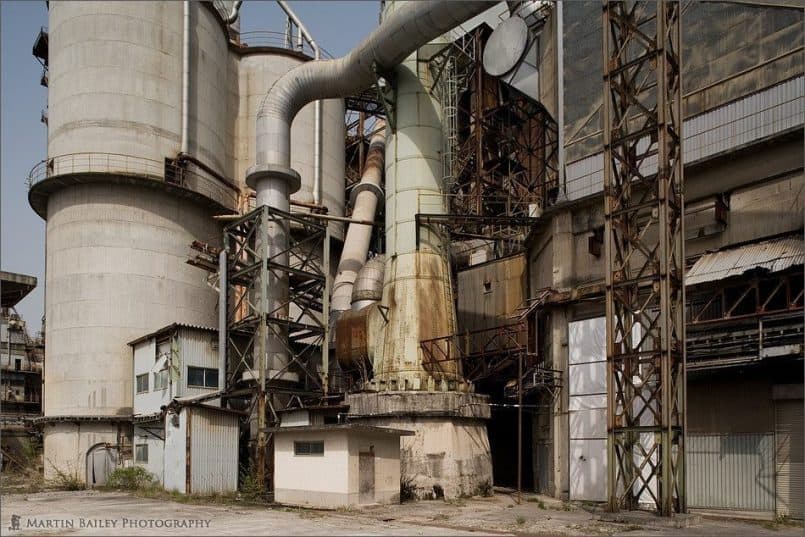
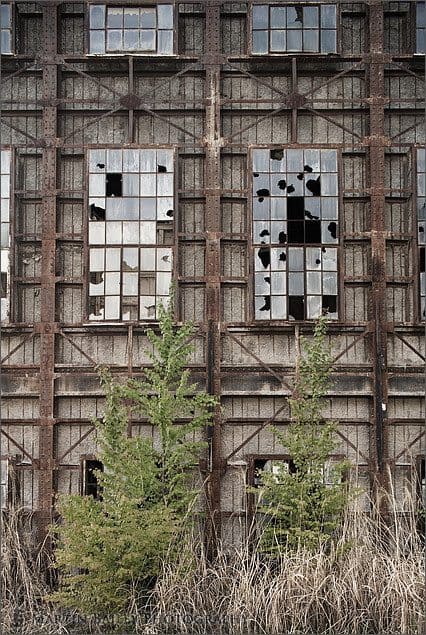
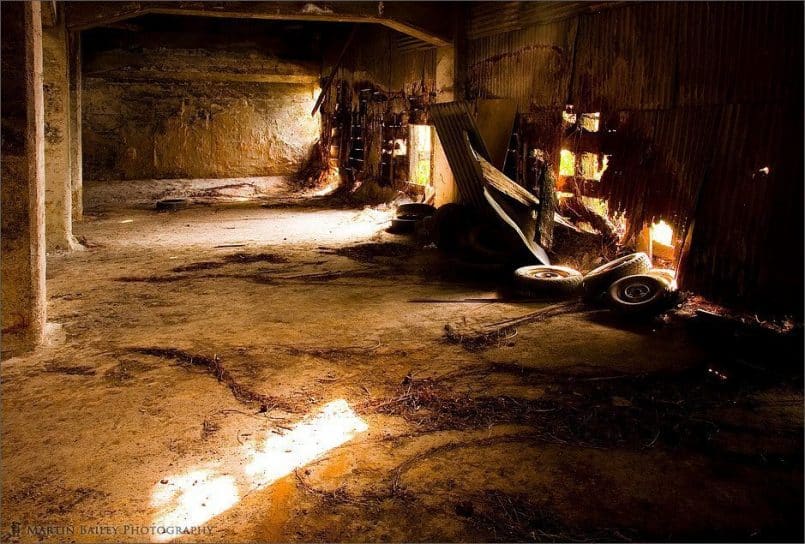

0 Comments